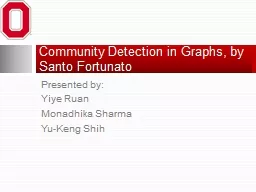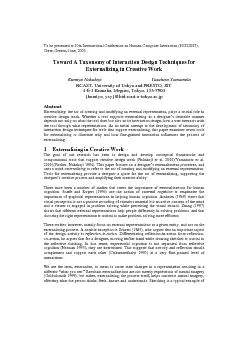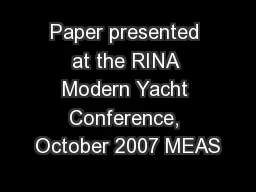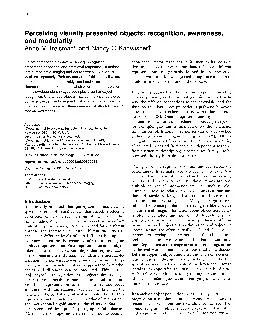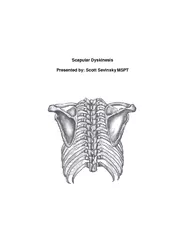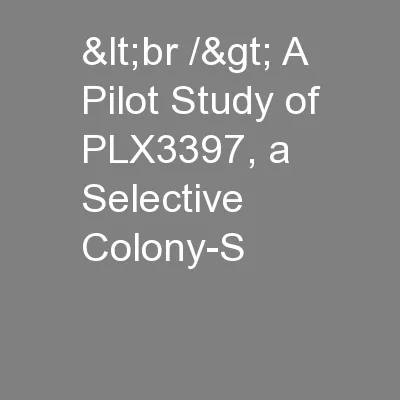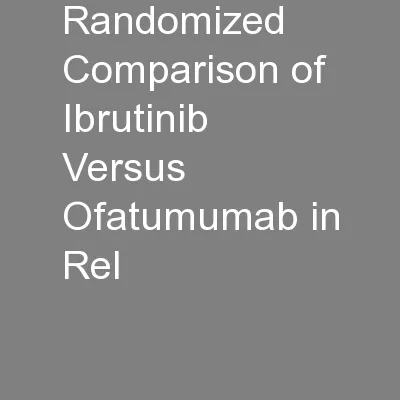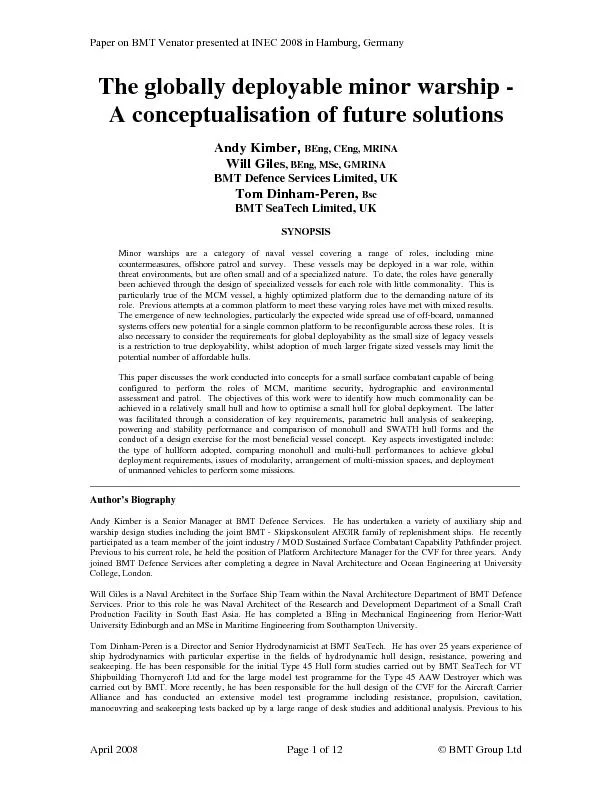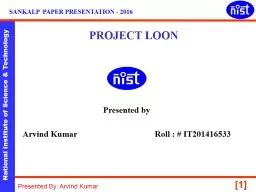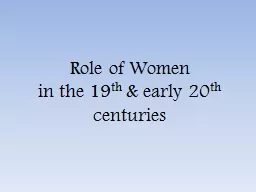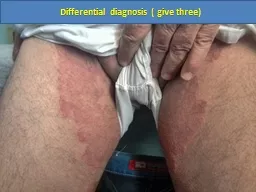PPT-Presented by:
Author : tawny-fly | Published Date : 2015-11-09
Yiye Ruan Monadhika Sharma Yu Keng Shih Community Detection in Graphs by Santo Fortunato Outline Sec 15 9 Yiye Sec 68 Monadhika Sec 111315 Yu Keng Sec
Presentation Embed Code
Download Presentation
Download Presentation The PPT/PDF document "Presented by:" is the property of its rightful owner. Permission is granted to download and print the materials on this website for personal, non-commercial use only, and to display it on your personal computer provided you do not modify the materials and that you retain all copyright notices contained in the materials. By downloading content from our website, you accept the terms of this agreement.
Presented by:: Transcript
Download Rules Of Document
"Presented by:"The content belongs to its owner. You may download and print it for personal use, without modification, and keep all copyright notices. By downloading, you agree to these terms.
Related Documents

